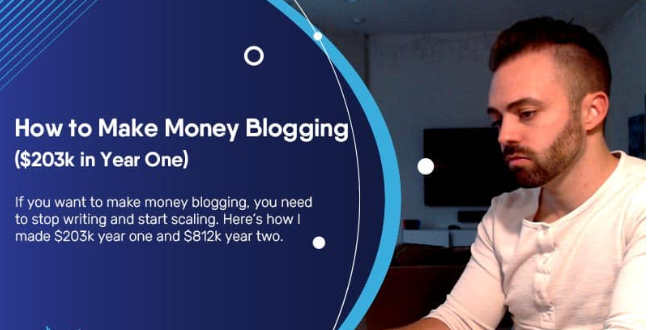Take out an interest-free credit card and your credit card issuer will not charge you interest on any new purchases for a set period. 0% interest cards are commonly used for buying big, expensive products and can allow you to spread out the purchase cost without paying any interest. They’re often known as 0% or interest-free credit cards.
How does an interest-free credit card work?
Cards that offer 0% interest on purchases do not charge you interest for several months. This is known as the ‘interest-free period’. The length of the interest-free period varies and often applies to a promotional or introductory period.
For example, with a 24-month interest-free period, the credit card provider will not charge you interest on purchases for 24 months.
But you must keep up with your monthly repayments. If you miss a monthly payment, you may have to start paying interest on your spending and lose the promotional interest-free rate.
Why get a 0% credit card deal?
You can use a 0% purchases card to spread the cost of a large purchase over several months, or a string of purchases in a short space of time – for example, if you’re moving house and know you will need to buy new furniture.
It’s like borrowing money for free, provided you pay it back on time. If you use an interest-free credit card effectively, 0% credit cards can be a helpful financial tool.
You will not need to pay interest or fees as long as you pay back the full amount within the interest-free period. You must also comply with the card terms, like meeting the minimum repayments every month.
It could be a good option if you need a high-price item, like a new fridge or TV, but cannot afford to pay the full amount upfront. Instead, you can spread the cost and budget repayments over a longer period.
How much do 0% purchase credit cards cost?
Interest-free credit card providers often do not charge fees.
But if you do not pay off the balance in full before the 0% period ends, you’ll be charged interest on the remaining balance every month. As a result, it could take you longer to clear your debt.
That’s why it is important to have a plan for repaying the full amount of your purchase within the interest-free period, to ensure that you avoid incurring extra interest charges.
How to find the best 0% purchase credit card
Compare 0% purchases credit cards to find one that offers the longest interest-free period. The best card available will depend on lenders’ current deals, as well as your credit history.
Often, interest-free card deals will be advertised with a maximum 0% period, rather than a guaranteed period.
The longest interest-free period deals are generally the best cards because they give you longer to pay off the balance without being charged interest.
Look for the representative APR when comparing credit cards. This is the interest rate the credit card provider will charge you once the 0% period is over.
What if you cannot get the 0% card you want?
If you cannot get the exact card you want, shop around to see what else is available. However, it’s unwise to apply for too many cards at once because it makes you look desperate for credit.
Making too many credit applications in a short space of time damages your credit score. To avoid being rejected for a card, you can use an eligibility checker to find out the likelihood of approval for the available card deals.
The eligibility checker does a ‘soft credit search’ which does not show up on your credit file to other lenders or damage your score.
Check your credit file to make sure there are no discrepancies. Contact the credit reference agency to amend any errors before you apply again.
Many card providers have specific criteria to meet, including:
Minimum salary
Good credit score
Make sure you meet these criteria before you apply to reduce the risk of being rejected.
Interest-free credit cards: what to avoid
0% interest cards can offer cheap borrowing for an extended period, however, it’s key to make sure you don’t unknowingly incur additional costs.
Avoid withdrawing cash on a credit card, as high-interest rates are typically charged on cash withdrawals from the withdrawal until you pay off the card.
If you are looking to transfer a balance from an existing credit card, check whether your card provider offers 0% on balance transfers. If the answer is no, consider looking into 0% balance transfer credit cards.




